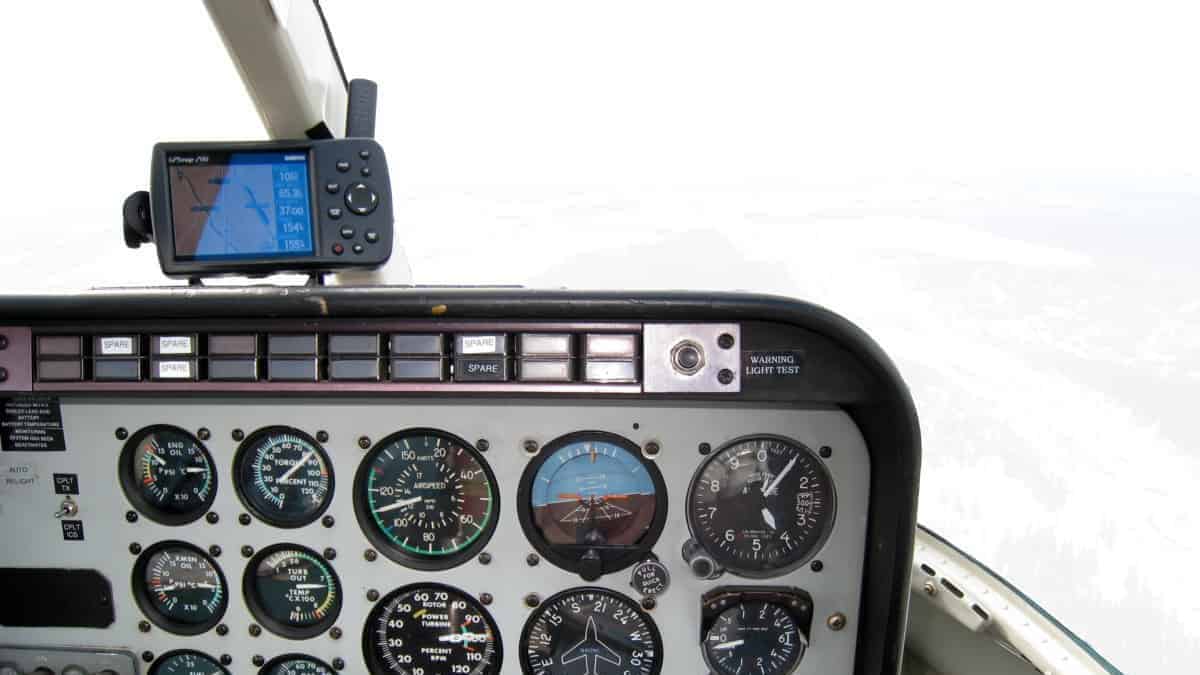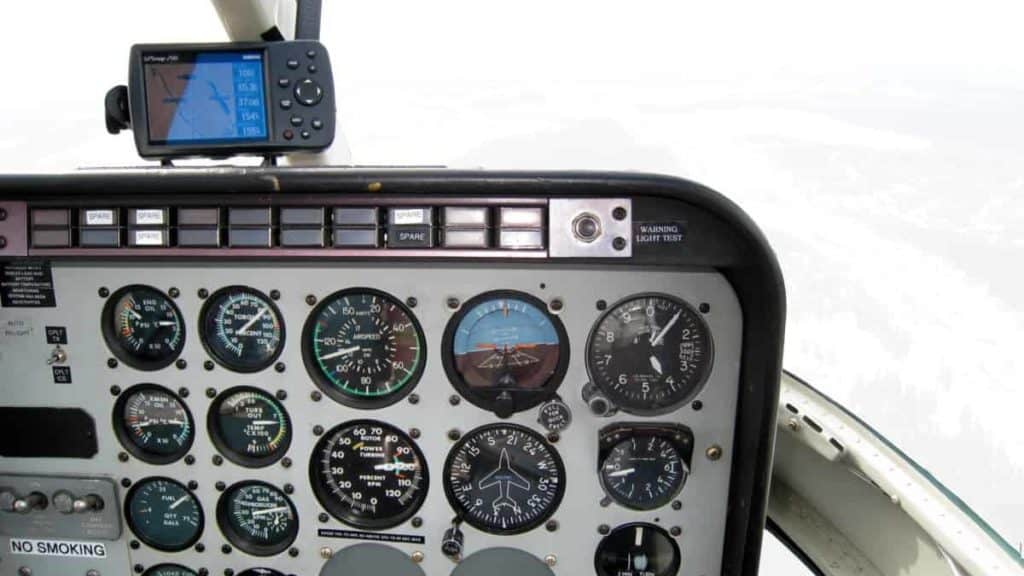
If you have ever looked at becoming a helicopter pilot then you will probably know that you need to obtain a Helicopter Private Pilot Certificate, and if you want to fly for a profession then you need a Commercial Pilot Certificate, but then you may have come across the Instrument Rating and wondered what that is used for.
An Instrument Rating is a certification to allows a pilot to fly in an IFR-Certified helicopter in accordance with the Instrument Flight Rules when wanting to fly in reduced visibility, clouds, or at night without reference to the earth’s surface. EMS, VIP & Offshore operations use this regularly.
Getting an instrument rating is a great way to increase your own personal safety and knowledge, and it can dramatically increase the number of potential jobs you can qualify for, especially if you are a pilot with very little experience and trying to get those first flying jobs.
To find out all about the helicopter instrument rating read on!
P.S. I have mine and I love flying in the clouds 😉
When Do You Need a Helicopter Instrument Rating?
Whenever you fly a helicopter as a Pilot-In-Command and are unable to see the horizon out the windows you need to be flying under Instrument Flight Rules (IFR). In urban areas, you will be under the control and guidance of Air Traffic Control and be able to fly instrument approaches to runways and heliports at night and in poor weather.
Having an instrument rating basically gives you the training and skills to be able to fly in weather that is much worse than if you were flying by sole visual reference to the surface (VFR – Visual Flight Rules).
When learning to fly, you must be able to see the ground to orientate yourself and the helicopter, hence visual flight. Flying under IFR (Instrument Flight Rules), you train to fly the helicopter by sole reference to its cockpit instrumentation, follow charted routes and corridors, and if able, the guidance of air traffic control.
If flying away from urban areas you can fly company-approved and/or personally chartered routes and approach procedures under IFR to ensure you remain clear of obstacles and terrain.
Many professional helicopter jobs require the use of an instrument rating. The most common helicopter careers are:
- EMS – Air Ambulance
- Corporate or VIP Charter
- Offshore Oil & Gas Transportation
- Helicopter Airlines
- Law Enforcement
Learn More…
Try These Articles:
* Best Helicopter To Train In? – An Instructor Weighs in
* Becoming a Helicopter Pilot: The Complete Cost Breakdown
By having an instrument rating it allows a helicopter to be flown in far more weather conditions and the flexibility to reach locations otherwise obstructed by weather. The second you leave an urban area at night and have no night-vision goggles, you need to be able to manipulate the aircraft using its cockpit instrumentation.
Whenever there is fog or low cloud and you need to fly a client to a different location you can fly into the clouds and safely navigate, descend, and land using designed, and certified Instrument Flight Rules regulations, procedures, and infrastructure.
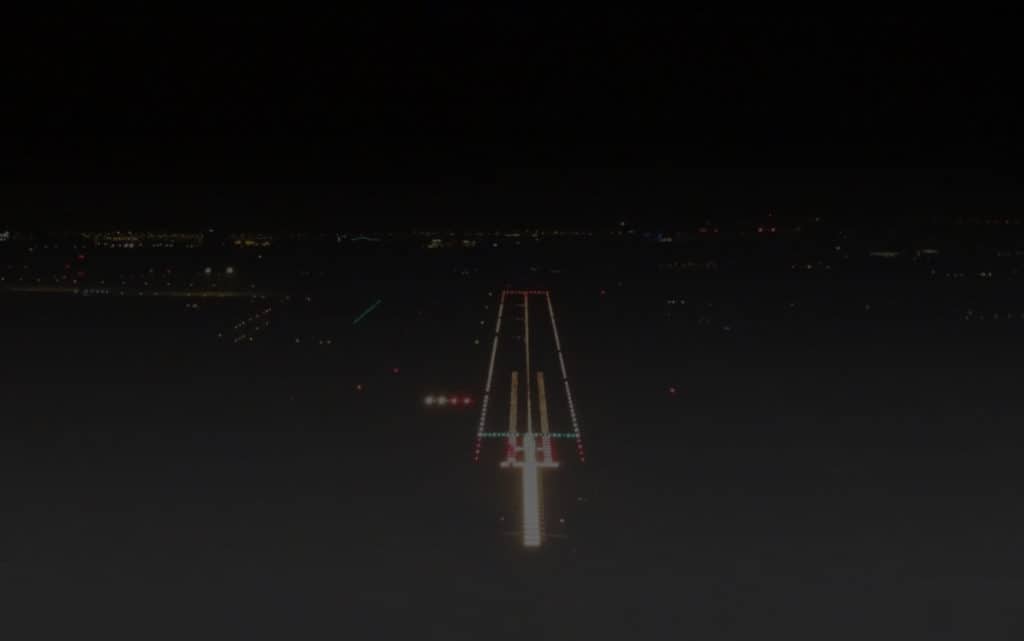
This is the exact same system that airlines use to fly from one airport to the next. Helicopters just do it slower and lower and have options like heliports and helipads to fly into.
Without an instrument rating if the weather is poor you are forced to either stay on the ground, turn around and return to the ground, or take the risk and ‘Skud-Run’ under the cloud ceiling in the hope that terrain or wires do not cause you trouble. Unfortunately, this does not always work out for those onboard the helicopter, and many fatalities have occurred because the pilot kept on flying when they should have landed!
Gaining an instrument rating is not a cheap addition, but for those pilots who may be wishing to buy their own helicopter and would like the increased flexibility and safety, the instrument rating offers it is a great addition to a Private Pilot Certificate, especially now certain single-engine helicopters are becoming certified for IFR flight (More on this later).
For those pilots wishing to fly professionally out in the field fighting wildfires, conducting mountain rescue, utility, construction, aerial application, tours, or similar, then it’s probably not needed. The instrument rating can always be added to a pilot’s skillset in the future if the opportunity to move into an IFR-based flying job arises.

Join My Newsletter & Get Great Tips, Information and Experiences To Help You Become a Superb Pilot!
What are the Requirements to Get a Helicopter Instrument Rating?
To be eligible to obtain a helicopter instrument rating you must meet the following criteria according to the FAA:
- Be at least 17 Years of Age
- Be able to read, write and speak English
- Hold an FAA Third Class Airmen’s Medical Certificate
- Hold an FAA Private Pilot Certificate Rotorcraft (Helicopter)
- Achieve at least a 70% score in the multiple-choice written examination
- Have completed 50 hours of cross-country flight as Pilot-In-Command with 10 hours in helicopters
- Have completed 40 hours of simulated instrument flight or actual aircraft flight of which:-
- 15 hours must be under dual instruction with an authorized flight instructor covering the areas listed below
- 3 hours must have been flown within the preceding 2 calendar months before the practical flight test
- A flight of at least 100 nautical miles along airways or routing under air traffic control consisting of:
- An instrument approach at each airport
- Three different instrument approaches using navigation systems
Basically, what all this means is that to be able to complete a flight test with an examiner for an instrument rating you need to have had training by a certified helicopter instructor who holds a valid instrument rating, you need to have studied for and passed the theoretical knowledge exam, have learned how the IFR system works and how to operate within it, and also how to fly a helicopter by sole reference to its instrumentation.
During flight training, you will be taught how to fly a helicopter in the following areas:
- Preflight preparation
- Preflight procedures
- Air traffic control clearances & procedures
- Flight by sole reference to aircraft instrumentation
- Navigation systems
- Instrument approach procedures
- Emergency procedures
- Postflight procedures
Depending on the sophistication level of the flight simulator in use, part of all of the flight training can be completed in the sim, for helicopters that are not certified to fly in actual IFR conditions the training can still be completed but must be flown in day VFR conditions. To ensure the student does not cheat and look out of the window at the horizon a view-limiting device will be worn to ensure they can only see the cockpit instruments. The instructor acts as the safety pilot and keeps a lookout for other air traffic and/or hazards.
The flight test will consist of an oral examination by the examiner followed by a flight where you will demonstrate your flying proficiency by flying set heading and altitudes following a planned flight routing, departure procedures, several instrument approaches, a missed approach, a holding pattern, and recovery from unusual attitudes. The flight test can be intense, oh, and busy!
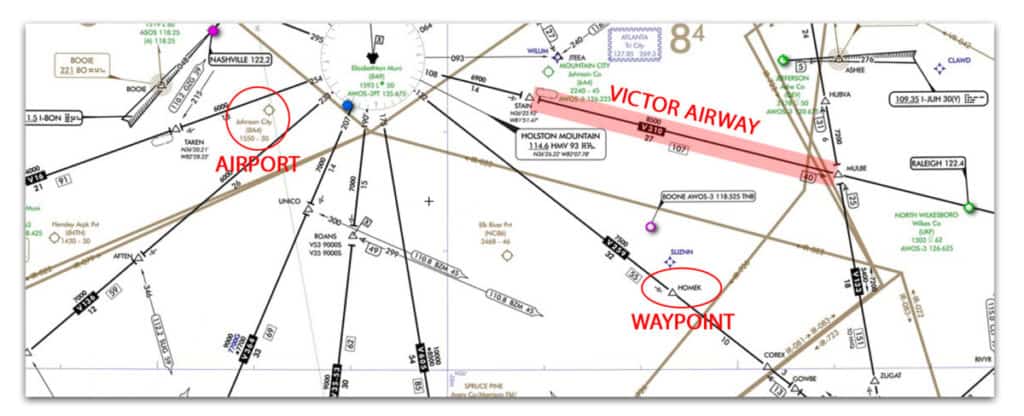
When you first begin to learn IFR it can be tough as it is a very structured system and there can be a lot to do in the cockpit, especially as you will most likely be flying single-pilot IFR. The other main difficulty people have is ignoring what their ‘Seat-of-their-pants’ feeling is telling them. As humans, we have listened to this feeling to correct our balance and orientate ourselves to the world around us.
In a helicopter flying under IFR you have to ignore what you ‘Think’ your body is telling you because your balance can play tricks on your mind because you do not have visual reference to the earth’s surface.
Your sight is your most important bodily sense and it helps our brain confirm what our other senses are telling us. When sight is not part of the brain’s calculation anymore it can really become disorientating. This is why untrained pilots who fly into cloud usually end up in a fatal collision with the ground.
The only way to fly safely is to train to trust the helicopter’s cockpit instrumentation and ignore your seat-of-the-pants gut feeling. It is no easy feat I assure you!
Getting flight training in a simulator and in an IFR-equipped helicopter can be accomplished to a pretty good experience level but to fly true IFR you need to fly a helicopter into the clouds for real with confidence – Oh and an autopilot really helps when you do this!
Learn More…
Try These Articles:
* Flight School Reputation – Does It Matter Where You Train?
* Learning To Fly Helicopters – Is it really that hard?
How Much Does it Cost To Get a Helicopter Instrument Rating?
A typical helicopter instrument rating will cost between $12,000 – $18,000 depending on the type of helicopter used, how much flight is done in a simulator, how much theoretical ground instruction you complete, and the cost for the examiner. A typical instrument rating can be completed in around 3-4 weeks if undertaken full-time.
Here are the typical cost breakdowns for a Part 61 helicopter instrument rating:
- 40 hours in an IFR Robinson R22 & Flight Simulator with Instructor:
40x $350/hour(R22) + $45/hour (Instructor) = $15,800 - Home-Study Online/Software IFR Theoretical Ground School Program = $280
(I Highly Recommend Rod Machado’s Instrument Ground School – Click Here) - Instrument Rating Theoretical Written Examination = $150
- Instrument Rating Practical Flight Examination = $950
- Extras – Books, IFR aids & misc = $200
TOTAL: $17,380
Note:
These are just typical guidelines and prices. Some students grasp the IFR concept quickly and are able to complete the program in the minimum 40 hours while others may take longer. The rental cost of the aircraft, simulator, and instructor are also averages from across the U.S.
Can You Fly Any Helicopter with an Instrument Rating?
To fly a helicopter under IFR (Instrument Flight Rules) in Instrument Meteorological Conditions (IMC) the helicopter must be certified by the FAA to fly IFR under 14CFR Parts 27 & 29 and it must contain some form of stability augmentation or automation, and have the minimum required equipment to be calibrated, tested and working.
Up until 2019, all helicopter IFR must have been flown in a twin-engine helicopter causing the cost to fly IFR in a helicopter to be incredibly high. Due to the advancements in helicopter engine reliability, glass cockpit avionics, and stability & automation control, there are now a couple of single-engine helicopters certified for single-pilot IFR flight. Those being:
- Leonardo TH-119
- Bell 407 GXi
The reason why helicopters used to be required to be dual-engine to fly IFR was the need to incorporate the stability systems to help the pilot control the helicopter while in IMC conditions (basically, you can’t see a thing out of the windows).
Helicopters are an unstable beast and having personally completed IFR training in a Robinson R22 I can tell you that flying, keeping reference to the instruments, following ATC instructions, adjusting radios and GPS systems, changing paper charts, and flipping pages of checklists and procedures all while single-pilot is one hell of a workload and one I would never wish to do for real in the clouds.
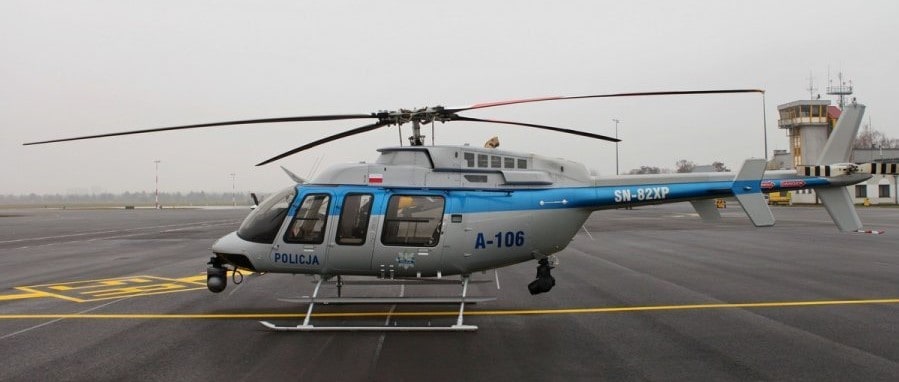
All my IFR time has been in fantastic, highly-capable helicopters like the Sikorsky S76 and Leonardo AW139, both of which were designed for IFR flight from the beginning.
To help to let the machine do the flying while the pilot took care of all the navigation and communication, the early automation systems weighed far too much to be cost-effective while incorporated into the low-power, single-engine helicopters.
Today, however, the advancement of all the systems mentioned above now means that small, light-weight, cost-effective systems can easily be added to ensure the more powerful single-engine helicopters can safely fly under IMC with incredible accuracy and ease all while carrying a useful payload off passengers, cargo and fuel.
For helicopters that are not certified to fly under IFR conditions, they can fly the IFR procedures but must be flown in good weather and the pilot/s remaining in visual reference to the surface to allow IFR training to be aborted at any time and resume the flight under VFR – Visual Flight Rules.
Once the helicopter is certified to fly IFR, it also will list how many pilots it requires to fly under IFR. Most helicopters can be flown single-pilot IFR but as the helicopters became larger and more complex the FAA felt that it required the mental capacity of two pilots to be able to safely operate the machine while under IFR. This is known as Dual-Pilot IFR.
Flying IFR is a very simple and very effective system but when emergencies or problems occur this can be when you need automation and a second pilot to help diagnose and deal with the issue while one pilot focuses solely on flying or monitoring the automation to ensure the helicopter remains in a safe flight envelope.

